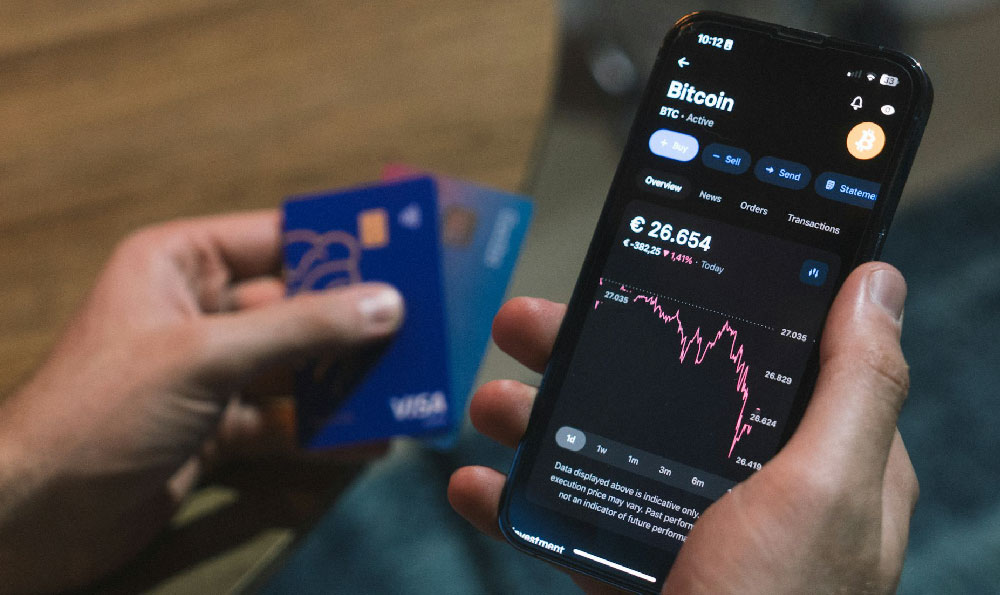
Mobile apps, ubiquitous in the modern world, are more than just convenient tools. They represent thriving ecosystems capable of generating substantial revenue. Understanding how these digital entities transform lines of code into financial gain is crucial for developers, entrepreneurs, and anyone interested in the app economy. Several monetization strategies exist, each with its own strengths, weaknesses, and suitability depending on the app's nature and target audience.
One of the most prevalent models is the freemium approach. This strategy involves offering the core functionality of the app for free, enticing a large user base. Revenue is then generated by charging for premium features, enhanced content, or the removal of limitations. This model thrives on the conversion of a small percentage of free users into paying customers. Successfully implementing freemium requires a careful balancing act. The free version must provide enough value to attract and retain users, while the premium offerings must be compelling enough to incentivize upgrades. Games often utilize this model, offering enhanced gameplay, exclusive items, or ad-free experiences for paying players. Productivity apps might offer limited storage or feature sets in the free tier, unlocking full functionality with a subscription. The success of freemium hinges on a deep understanding of user needs and a well-defined value proposition for premium offerings. A common pitfall is making the free version too restrictive, discouraging initial adoption, or making the premium benefits unclear or not worth the cost.
In-app purchases (IAPs) represent another powerful monetization strategy, particularly common in gaming and entertainment apps. This involves selling virtual goods, consumable items, or unlocking specific content within the app. For instance, a game might sell in-game currency, power-ups, or cosmetic items. A learning app could offer access to individual lessons or courses for a fee. IAPs require careful consideration of pricing and perceived value. The items sold should enhance the user experience without creating an unfair advantage for paying players in competitive environments. Overly aggressive or "pay-to-win" IAP systems can alienate users and damage the app's reputation. Transparency is key; users should clearly understand what they are purchasing and how it will benefit them. Ethical considerations are paramount, especially when targeting younger audiences, as IAPs can easily lead to unintended spending.

Subscription models provide a recurring revenue stream by charging users a regular fee (monthly, annually, etc.) for access to the app's features and content. This is particularly effective for apps that offer ongoing value, such as streaming services, news apps, or productivity tools. The key to a successful subscription model is consistent delivery of high-quality content and features. Users must perceive the value of the subscription as exceeding the cost. Churn rate (the rate at which users cancel their subscriptions) is a critical metric to monitor. Regular updates, new features, and responsive customer support are essential for retaining subscribers. Different tiers of subscriptions can be offered to cater to varying user needs and budgets. This allows for a more flexible and personalized pricing structure.
Advertising remains a dominant monetization strategy, particularly for free apps. This involves displaying advertisements within the app, generating revenue based on impressions (number of times the ad is displayed) or clicks (number of times the ad is clicked). Several types of advertising are common, including banner ads, interstitial ads (full-screen ads that appear between screens), and rewarded video ads (users receive an in-app reward for watching a video ad). While advertising can generate significant revenue, it can also be intrusive and negatively impact the user experience. Careful placement and frequency of ads are crucial to avoid annoying users. Contextual advertising, which displays ads relevant to the user's interests and app content, can be more effective and less disruptive. Rewarded video ads are often well-received by users, as they provide a clear value exchange (watching an ad in exchange for an in-app reward). Excessive or poorly targeted advertising can lead to user churn and negative reviews.
Affiliate marketing involves partnering with other businesses to promote their products or services within the app. The app earns a commission for each sale or lead generated through these promotions. This strategy works best when the promoted products or services are relevant to the app's target audience. For example, a fitness app might promote healthy food products or fitness equipment. Affiliate marketing requires building trust with the user base. Promoting irrelevant or low-quality products can damage the app's reputation. Transparency is key; users should be clearly informed that they are clicking on an affiliate link.
Data monetization involves collecting and analyzing user data, then selling anonymized and aggregated insights to third parties. This strategy requires careful attention to privacy regulations and ethical considerations. Users must be informed about the data being collected and how it will be used. Transparency and user control are paramount. Data monetization can be a lucrative revenue stream, but it carries significant risks related to privacy violations and reputational damage. Many users are becoming increasingly concerned about data privacy, so it's crucial to handle user data responsibly and ethically.
Choosing the right monetization strategy depends on several factors, including the app's purpose, target audience, and the competitive landscape. Often, a combination of strategies is the most effective approach. For example, an app might offer a freemium model with in-app purchases and rewarded video ads. Continuous testing and optimization are essential for maximizing revenue and maintaining a positive user experience. Regular analysis of user behavior, ad performance, and conversion rates allows for data-driven decisions about pricing, feature development, and advertising placement. Furthermore, adapting to the ever-evolving app ecosystem and staying abreast of emerging monetization trends is crucial for long-term success. The key to sustainable revenue generation lies in creating a valuable app that users love and are willing to support, whether through direct payments or engagement with advertising.





